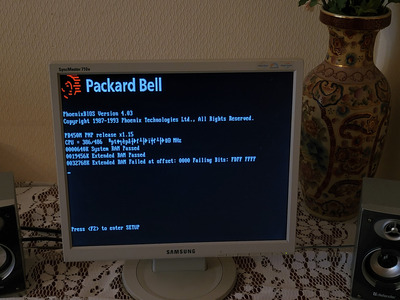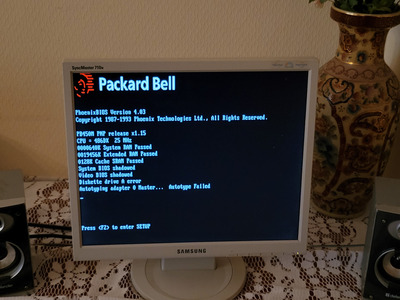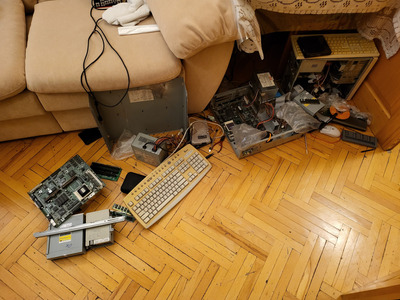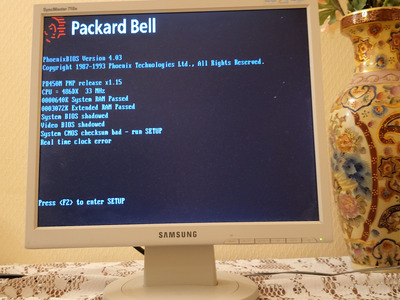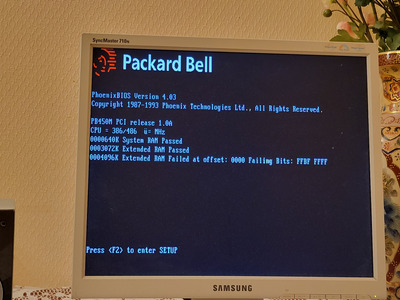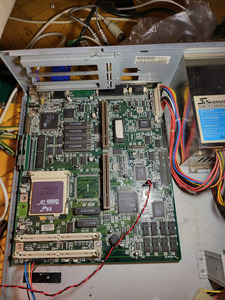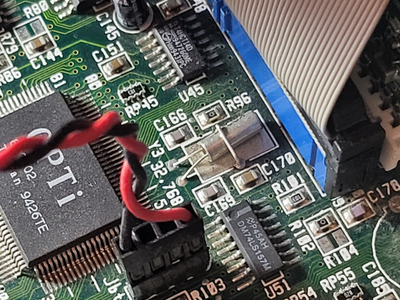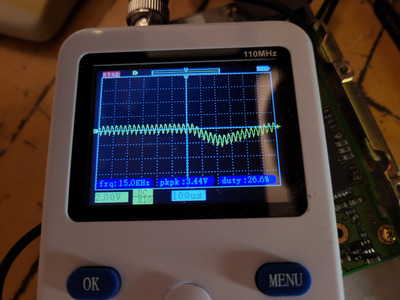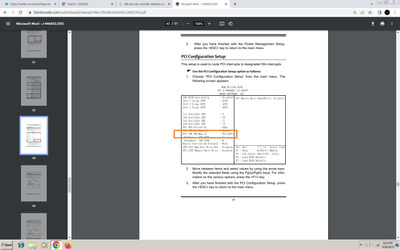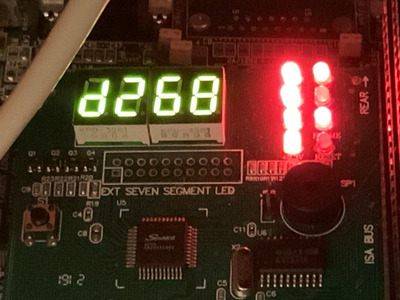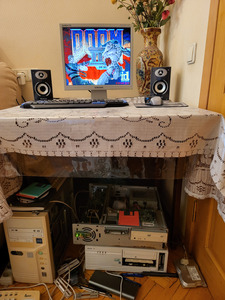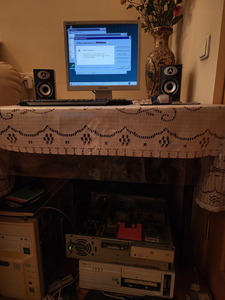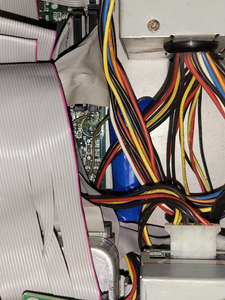First post, by crapasanya
I recently bought a motherboard to replace my broken one for my Packard Bell retro computer. At first I thought that it was fully functional until I connected a fresh 3V RTC (CMOS) battery, as written in the manual. I must say right away that the 4.5V battery did not improved the situation, it did not make any difference at all. I checked the polarity twice (in the instructions and by checking contiuity to the contacts of place for onboard lithium 3V battery before connecting the external (also lithium 3V) battery.
So, the problem itself: when working without a CMOS battery or at the first start until the power is COMPLETELY turned off (using the 220v button power supply), everything works fine: the system boots and all functions work, BIOS settings are saved (only hard drives do not work, but there are suspicions about the hard drives themselves, since only 1 out of 4 is known good). But as soon as you puwer off system for a second or more, the POST lasts more than 10 seconds (at a norm of 2-3) and after that the computer incorrectly determines the type of processor (386/486 instead of DX2-50), its frequency (there are meaningless characters with random-looking pseudographics) and the amount of RAM is multiplied: 4mb becomes 8mb, of which 4mb are "faulty", 19mb becomes 51mb, of which 32mb if "faulty", and 36mb becomes 100mb, of which 64mb are "faulty". Ant of course it dont't boot. And so it continues until the CMOS is reset by disconnecting the battery off the powered off device.
What has been done: the memory has been replaced, the built-in memory has been turned off, the processor has been replaced twice (DX2-50, DX2-66, DX-25), 3V lithium battery replaced with 4.5V (3x AAA), all expansion boards and drives unplugged.
Any ideas what it can be? I suspect that the chipset is partially dead, am I right? Or could this behavior just be due to a misconfiguration or old BIOS? Let me remind you that I have a donor that does not pass POST (as far as I remember, it cannot determine the amount of RAM). I also have a pretty good working place for soldering and some skill so i can replace almost anything on this board.
